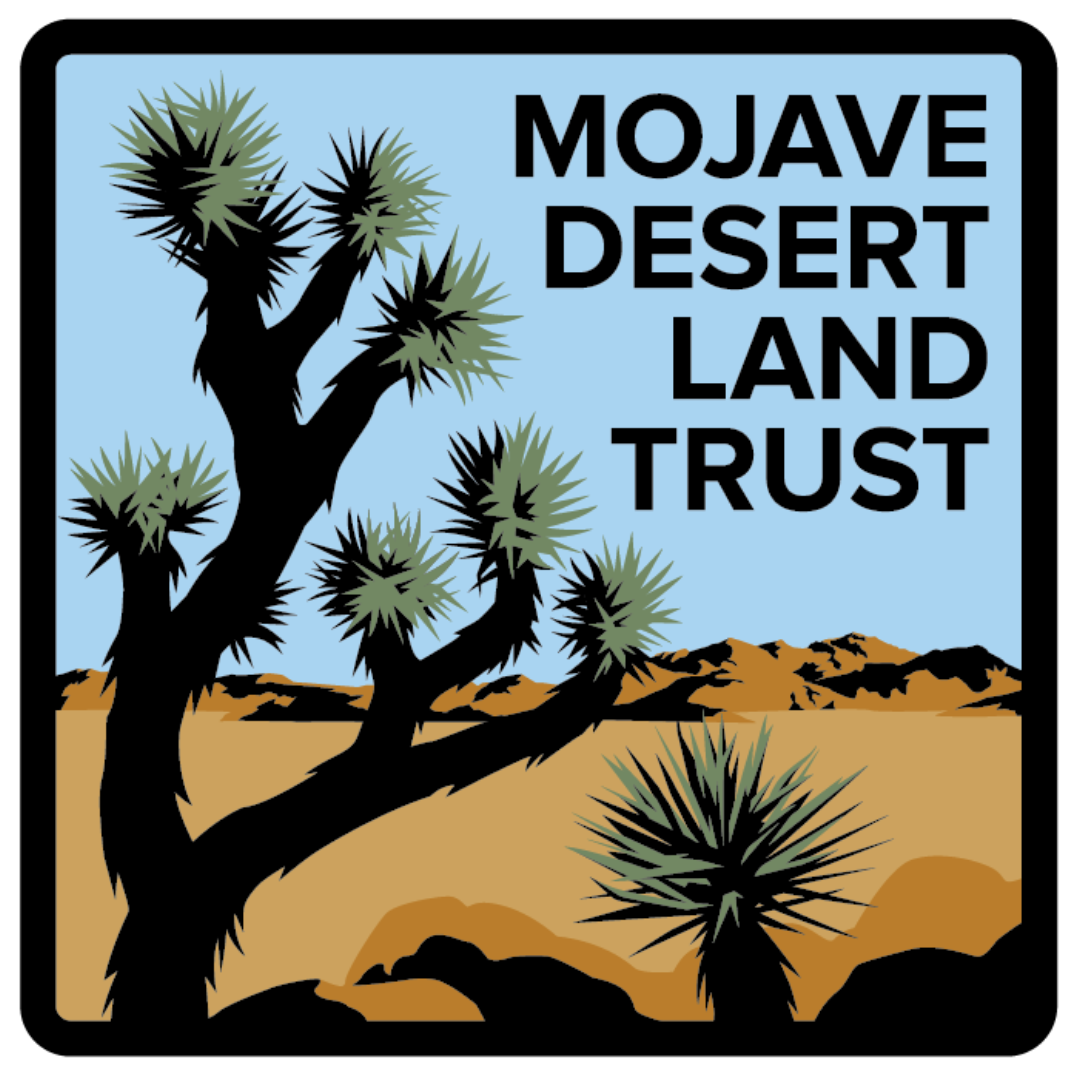Desert lands deserve permanent protection (Victorville Daily Press)
After living and working in the California desert for 20 years, with its breathtaking vistas, iconic wildlife and priceless cultural artifacts, I know that it’s a one-ofa- kind place. Residents and visitors to the desert can enjoy the oases in Big Morongo Canyon that draws migrating birds, hike around the striking 250-foot volcanic cone of Amboy Crater or hunt for fossils and geodes.
Gallery owner merges art, speakers to seek climate solutions (Hi-Desert Star)
Danielle Segura, executive director of the Mojave Desert Land Trust, agreed to bring in informed speakers for an accompanying event. An open call went out and 51 artists responded. The result was a combined effort June 13 between the Mojave Desert Land Trust, JTAG and the Hi-Desert community. The speakers were Frazier Haney, conservation director of the Mojave Desert Land Trust, Seth Shteir, California Desert field representative for the National Parks Conservation Association in Joshua Tree; and Peter Brooks, director of business development for NLine Energy, Inc.
Twentynine Palms Marines chip in to clean up desert (Desert Sun)
A few good men — and women — are helping the Mojave Desert Land Trust clean up conservation lands the trust has acquired in its region — stretching from Mexico to Death Valley. The land trust, a nonprofit conservation organization, raises funds from private foundations and private citizens to buy land for conservation and preservation throughout the Mojave Desert. Since its founding in 2005, the group has acquired 54,000 acres of conservation lands — investing more than $28 million in the preservation of these vital ecosystems in the California desert.
'Citizen scientists' help study desert climate change (USA Today)
The Mojave Desert Land Trust and the Wildlands Conservancy, which protect some wilderness areas near the national park, are also participating in the study. Barrows and his colleagues plan to eventually publish the results of their research. Barrows said he has been noticing some changes in the desert lately. He has been seeing very few of two types of lizards — chuckwallas and desert horned lizards — in some of the flat, low-lying areas of the park where he used to see them regularly just a few years ago.
Volunteers helping study climate change in Joshua Tree (Desert Sun)
"What we're trying to do right now is create a baseline of animals and plants that will enable us to look in the future years to say, 'These are changing, the numbers are either increasing or decreasing,'" Barrows said. "We want to be able to identify areas that are really important for protecting these species and make sure that the park is able to identify those as well and protect them." The Mojave Desert Land Trust and the Wildlands Conservancy, which protect some wilderness areas near the national park, are also participating in the study.
Comprehensive coverage of the DRECP (Someplace)
The Mojave Desert Land Trust, an organization that protects these desert areas by strategically buying privately owned land within them, also points out that many of these species depend on wildlife corridors, and that a solar or wind plant in a wildlife corridor will cut it off and could endanger species. The desert is also what the Mojave Desert Land Trust describes as “one of the floristic frontiers in the United States.” What they mean by that is that we don’t even know what an estimated 6 to 10 percent of the plants here are yet.
